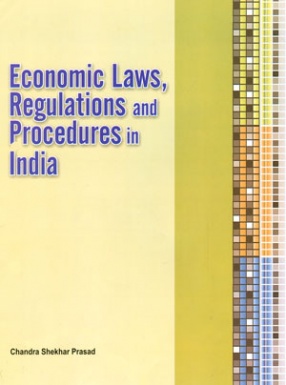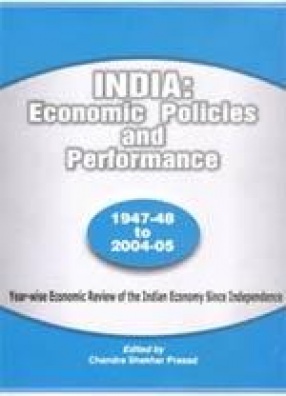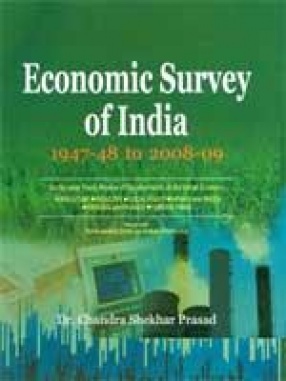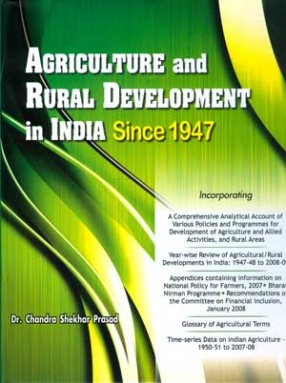Economic Laws, Regulations and Procedures in India
Synopsis
Economic reforms in India were set in motion, though on a modest scale, when controls on industries were reduced by the 1985 industrial policy. The economic liberalization program got a big boost when the government announced a new industrial policy in the Indian Parliament in 1991. Reform measures of the last two decades have included the delicensing of most industries, the deregulation of industries earlier monopolized by the public sector, the liberalization of foreign trade through a gradual reduction of import duties, and the freeing up of the foreign investment limits in nearly all industries. These measures have pulled the economy from a low level equilibrium trap to a strong, vibrant, and fast-growing economy which is rapidly integrating with the world economy. Many of India's state governments have also initiated significant procedural and policy reforms to promote foreign investment and encourage domestic private participation. Some common features are discernible. These include the development of industrial estates, removing artificial barriers within states, the decentralization of decision-making, investment subsidy, the exemption/deferment of sales tax, and power tariff concessions. According to the much-publicized Goldman Sachs BRICS (Brazil, Russia, India, China, and South Africa) Report, India is predicted to become the third largest economy in the world, after China and the US, by the year 2050, overtaking all other developed economies. This book provides an essential understanding of the current laws, regulations, and procedures, as applicable to different sectors of the Indian economy, for current and prospective entrepreneurs/investors in India and abroad.
Read more
99.90
89.91
$
111.00 $
Free delivery Wolrdwidе in 10-18 days
Ships in 1-2 days from New Delhi
Membership for 1 Year $35.00
Get it now and save 10%
Get it now and save 10%
BECOME A MEMBER











Bibliographic information